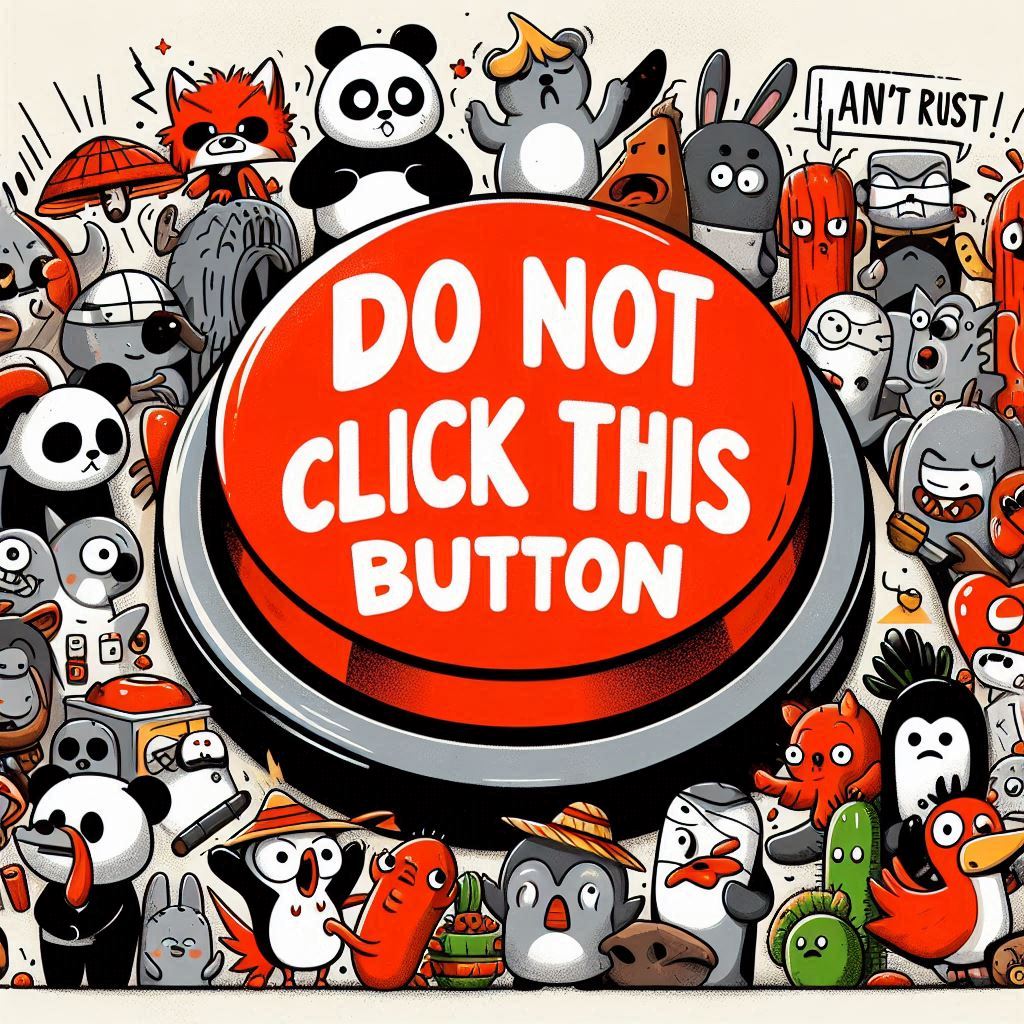Imagine walking into a room and seeing a big, red button in the center, with a sign that reads, “Do Not Press.” Despite the warning, you feel a strange pull towards it. This scenario taps into a deep psychological phenomenon known as the “forbidden fruit effect,” where being told not to do something only increases its allure.
The forbidden fruit effect has its roots in early human history, where the desire to explore the unknown provided a survival advantage. Today, this translates into a curious itch when faced with a prohibition. The button becomes more than just a button; it represents a challenge to our autonomy and freedom of choice.
Neurologically, when we’re told not to do something, our brain’s reward system lights up. This system, which involves dopamine, a neurotransmitter associated with pleasure and reward, is activated by the anticipation of breaking a rule. The button becomes a symbol of potential reward, and our body responds accordingly.
Behavioral psychologists explain this through the theory of reactance, which suggests that when our freedoms are threatened, we have an emotional response to regain them. The button presents a tangible way to assert our independence, even if the consequences are unknown.
Moreover, the social context can amplify this desire. If pressing the button is a shared taboo, the act of pressing it can become a form of social bonding, a shared secret or rebellion against the rules. On the other hand, if the prohibition comes from an authority figure we wish to challenge, the button becomes a symbol of resistance.
The button scenario also highlights the human tendency towards risk-taking. For some, the unknown consequences of pressing the button are part of the thrill. It’s a gamble, and for risk-takers, the potential payoff, be it a sense of satisfaction or a tangible reward, is worth the risk.
In conclusion, the compulsion to press the button when we’re told not to is a complex interplay of psychological, neurological, and social factors. It’s a reminder of our innate curiosity, our desire for autonomy, and our willingness to take risks. So next time you encounter a “Do Not Press” button, remember, it’s not just a button—it’s a psychological journey.
This article explores the fascinating reasons behind why we’re often tempted to do what we’re told not to, especially when it comes to pressing that alluring button. Whether it’s a test of willpower or a leap into the unknown, the forbidden button will always have a peculiar hold on our psyche.
Discover more from Rathergood TV
Subscribe to get the latest posts to your email.

